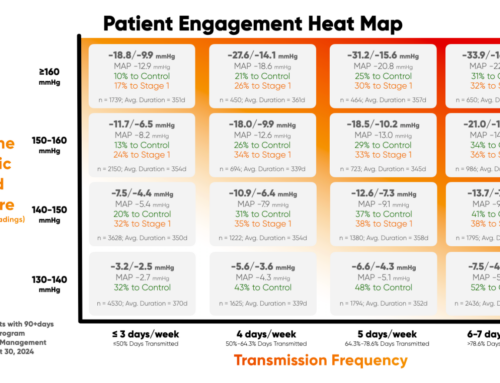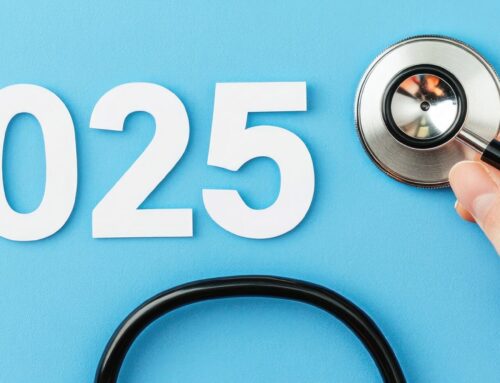A reasonably fair degree of healthcare patient engagement is one of the key elements at the heart of any successful healthcare management system. Accordingly, the Remote Patient Monitoring (RPM) program also follows the approach of utilizing technological innovations, effective communications, and human psychology, to improve engagement.
An RPM program’s central goal is the systematic collection and dissemination of a patient’s data, leading to prompt clinical intervention and improved healthcare patient engagement. The care team at a healthcare provider can, with the help of the RPM data and platform, assess medical risk and respond appropriately.
However, in reality, the collection and transmission of a patient’s data, and the medical opinion based on that data, may vary to a great extent, jeopardizing the integrity of the system. Therefore, making the right choice in terms of a technology partner can prove to be the game-changer in an RPM program.
With the implementation of a suitable program design, RPM can help improve healthcare patient engagement by introducing easy-to-use healthcare technology.
Notable Factors that Impact Healthcare Patient Engagement
Ease-of-use of the technology for patients
Medicare patients, more often than not, are elderly and less engaged when it comes to keeping up with the latest tech-enabled devices or jargon. The importance of having an RPG technology partner that can limit the technological learning curve cannot be underestimated.
Role of the technology in improving health
Patients must be able to see the results, browse their health parameters, and keep track of any improvement in their health. In other words, they must be able to experience genuine utility when using the technology.
How Can an RPM Program Help Improve Patient Engagement?
Foster Routine Interaction
Regular interaction and meaningful feedback strengthen trust and nurture the care program. Routine video conferencing provides meaningful support and encouragement and helps reinforce the clinician-patient trust relationship.
Deliver Customized Care
The engagement with each patient must be in line with what they need and when in order for it to be meaningful and beneficial. RPM can help healthcare providers to tailor patient contact sessions in a way that suits their requirements and focuses on eliciting a greater response.
Offer Diverse Content
You can encourage higher levels of healthcare patient engagement with the help of a rich array of content speaking in a variety of voices across different points of access. Graphic art, videos, and customized data transmitted across the media spectrum can help cultivate effective patient engagement.
Recognize Patient Motivations
There are bound to be varying levels of engagement even with similar practices and protocol, depending upon the volume and variety of patients your practice has. Gaining knowledge about your patient population, through various parameters, like their visit frequency or their adherence to medication schedules, can help you adapt your RPM program to each patient, and thereby increase engagement.
Introduce Remote Monitoring Solutions
Initiating home monitoring hardware such as HealthSnap’s pre-configured devices, including cellular blood pressure monitor, cellular scale, glucose meter, etc. can help remove barriers with their ready-to-use out-of-the-box functionality. Patients can transmit measurements instantly to your care team with these cellular-enabled devices, enriching the home health experience and bringing a higher level of patient engagement.
Focusing on Patient Needs is Critical for Your RPM Program Success
Along with utilizing these tips to keep patients engaged, the next vital step for you as a healthcare provider is to adopt HealthSnap’s all-in-one integrated Virtual Care Platform to reap the maximum value from an RPM program for your staff and your patients.
To learn more about the variety of benefits of implementing an RPM program, and more ways to improve engagement and clinical outcomes of your patients, use our online form or call at 888-780-1872 to request a consultation.






